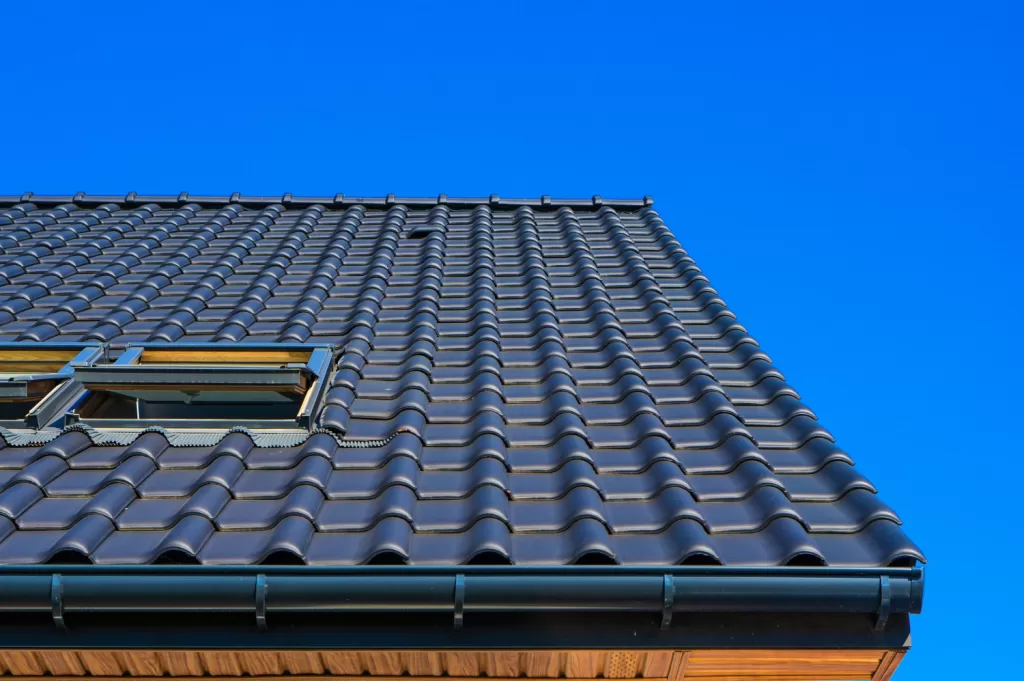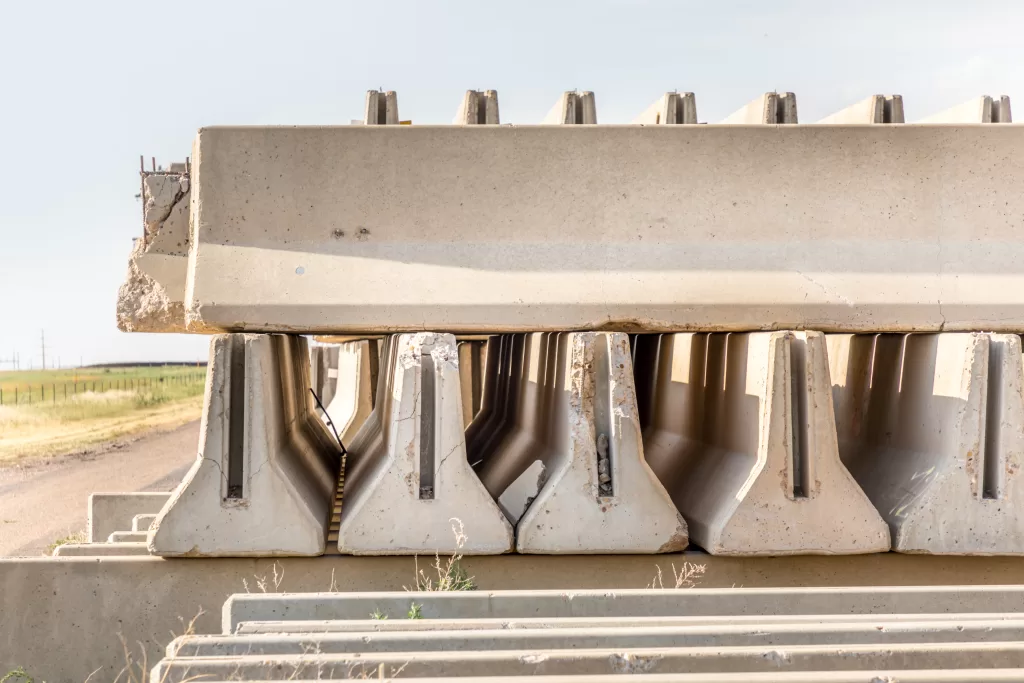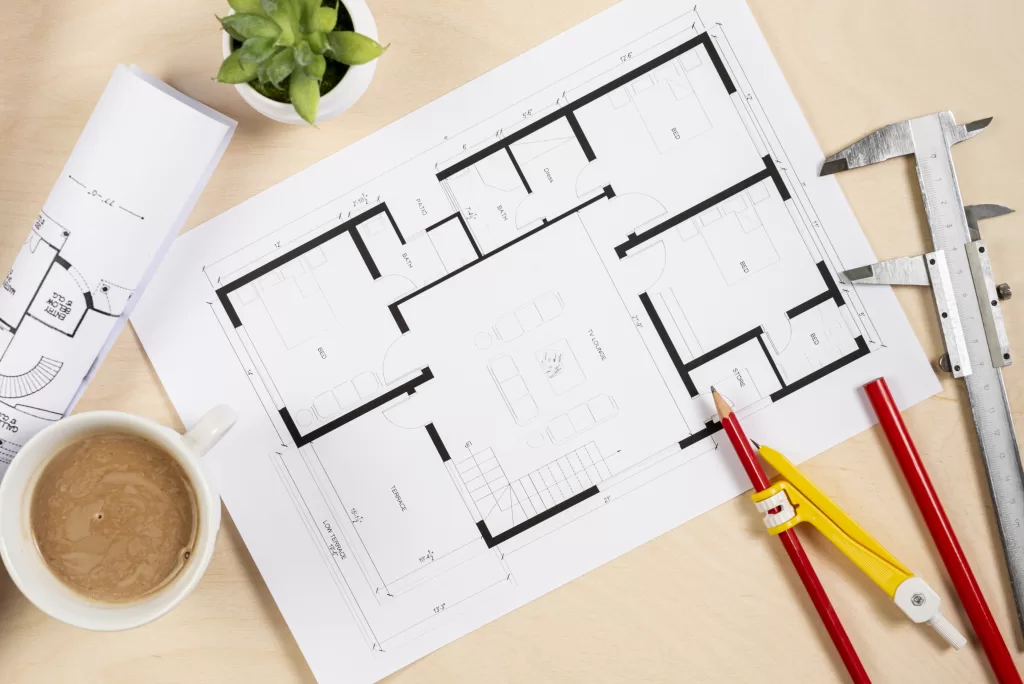A leaked roof is every homeowner’s nightmare. It can cause serious damage to the property, and hence, requires immediate attention. Be it a minor drip or a major problem that you’re dealing with, it is important to effectively address leaks and also identify their common causes. So, continue reading to gain valuable insights on roof leak repairs.
Causes of a Leaking Roof
Identifying the specific cause of a leaking roof is essential for effective repair and prevention strategies. Here’s a list of the same:
Damaged or Missing Roofing Materials
Weathering, age, and exposure to elements can cause roofing materials such as roof shingles, tiles, or metal sheets to deteriorate, crack, or break. This allows water to penetrate the roof structure.
Poor Installation
Improper installation of roofing materials can also create weak points where leaks may occur. This includes inadequate sealing, incorrect flashing placement, or insufficient overlap between roofing components.
Clogged Gutters and Downspouts
Accumulation of leaves or debris in gutters and downspouts can obstruct proper water drainage from the roof. This can further lead to water pooling, overflow, and possible leaks along the roof edges or eaves.
Damaged Flashing
Flashing seals joints, transitions, and penetrations on the roof such as chimneys, vents, and dormers. It can deteriorate over time or become displaced. This may compromise the roof’s waterproofing and allow water infiltration.
Cracked Roof Ventilation
Roof vents, ridge vents, or soffit vents are essential for maintaining proper airflow and ventilation in the attic space. Cracks, gaps, or damage to these ventilation components permits moisture intrusion and leads to roof leaks.
Structural Issues
Structural issues like sagging or uneven roof surfaces, deteriorating roof supports, and settlement or shifting of the building foundation can compromise the integrity of the roof system. Such issues may call for roof leak repairs over time.
Identifying a Roof Leak
With careful observation and inspection, you can identify a roof leak and save your property from potential damage. Here’s how:
-
- Start by examining the interior spaces of your home, looking for signs of water damage. These include water stains on ceilings or walls, peeling paint or wallpaper, or mould and mildew growth. Pay attention to areas directly below the roof, as leaks often manifest near vents or chimneys.
-
- If accessible, inspect the attic for any signs of water intrusion, such as damp insulation, water stains on rafters or decking, or visible light coming through cracks or gaps in the roof.
-
- Move outside and carefully inspect the roof surface for visible damage. These include missing or damaged shingles, cracked or warped roofing materials, or deteriorated flashing around chimneys, vents, or dormers.
-
- Check gutters and downspouts for signs of blockage or damage, as clogged or overflowing gutters can contribute to roof leaks by causing water to pool and seep beneath roofing materials.
-
- Assess the condition of roof vents, ridge vents, and soffit vents to ensure proper airflow and ventilation. Damaged or obstructed ventilation components can lead to moisture buildup and roof leaks.
How to Repair a Leaking Roof?
Repairing a leaking roof is easy as long as you follow a systematic approach. Here’s how:
Safety Precautions
Before beginning any roof leak repair work, make sure the safety measures are in place. Use appropriate safety gear such as gloves, goggles, and non-slip footwear. Work on the roof during dry weather conditions to dodge the risk of accidents.
Locate the Leak
Start by identifying the source of the leak. Inspect the interior of the house for water stains, dampness, or mould growth on ceilings, walls, or attic spaces. Trace the path of the water infiltration to spot the area of the roof where the leak is occurring.
Clear Debris
Remove any debris, leaves, or branches from the roof surface and gutters. Clogged gutters can obstruct water flow and contribute to leaks, so ensure gutters and downspouts are clear of obstructions.
Inspect Roofing Materials
Thoroughly examine the roof for damaged or missing roofing materials. Look for cracks, gaps, or areas of deterioration that may be allowing water to penetrate the roof structure.
Repair Damaged Areas
Repair or replace damaged roofing materials as needed. Secure loose or lifted shingles, replace missing or broken tiles, and seal cracks or gaps with appropriate roofing sealant or adhesive.
Check Flashing and Seals
Inspect flashing around chimneys, vents, skylights, and other roof penetrations. Repair or replace damaged flashing and ensure seals are intact to prevent water intrusion.
Apply Water-resistant membrane
Apply a water-resistant membrane or coating to the repaired areas of the roof to improve protection against water infiltration. Choose a high-quality water-resistant product suitable for the specific roofing material used.
Tips to Consider When Repairing Roof Leaks
The following are some tips to help you take a proactive approach when repairing roof leaks:
Consider Professional Help:
Professionals have the expertise and tools to accurately diagnose and fix roof leaks effectively. For complex or extensive roof repairs, consider hiring a professional roofing contractor with experience in leak detection and repair.
Regular Maintenance:
Schedule regular roof inspections and maintenance to detect and address any potential issues before they escalate into leaks. Regularly trim overhanging branches to prevent debris buildup and damage to the roof.
Monitor Repaired Areas:
After completing repairs, monitor the repaired areas for any signs of recurrence. Keep an eye on ceilings, walls, and attic spaces for water stains, dampness, or mould growth, and address any new leaks promptly.
Follow Manufacturer Guidelines:
Stick to manufacturer guidelines and best practices for the application of roofing materials and repair techniques. Proper installation and application are important for the effectiveness and longevity of repairs.
Don’t let roof leaks ruin your peace of mind. Choose a reliable brand like JK Cement for quality solutions. Explore a wide range of water-resistant cement and other types of high-quality cement for construction today.
FAQs
How do I know if my roof is leaking?
Common signs of a roof leak include:
-
- Water stains
-
- Dampness
-
- Mould growth on ceilings, walls, or attic spaces.
Can I repair a leaking roof on my own?
You can repair minor roof leaks on your own if you have the necessary skills and safety equipment. For complex or extensive damage, consider hiring professionals.
How long does it take to repair a leaking roof?
The time to repair a leaking roof varies depending on the extent of damage, weather conditions, and accessibility. It may range from a few hours to a few days.
What tools and materials do I need to repair a roof?
Typically, you’ll need the following materials to repair a roof:
-
- Roof shingles or patches
-
- Roofing cement
-
- Flashing
-
- Caulking
-
- A ladder
-
- Safety gear
-
- Appropriate hand tools like hammers and utility knives
How often should I inspect my roof for leaks?
Inspect your roof for leaks at least twice a year, ideally in spring and fall.














